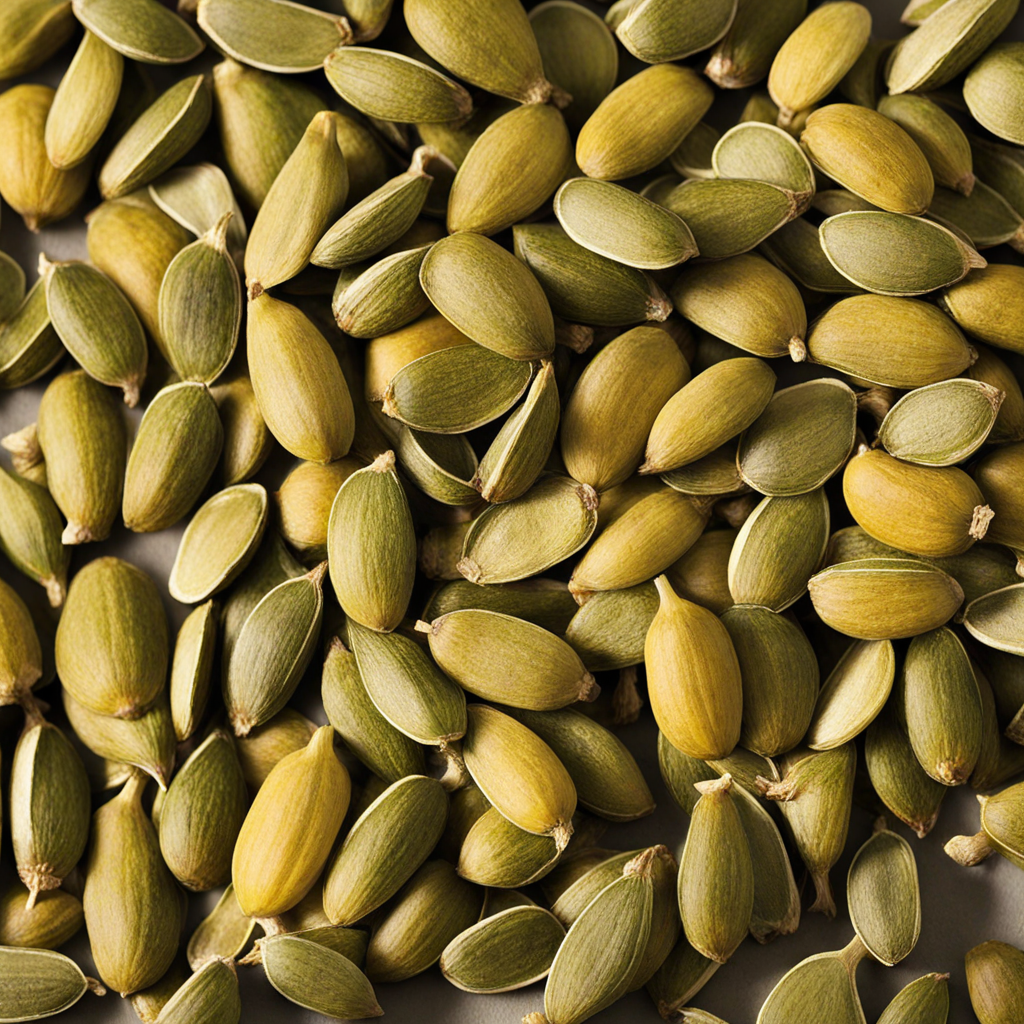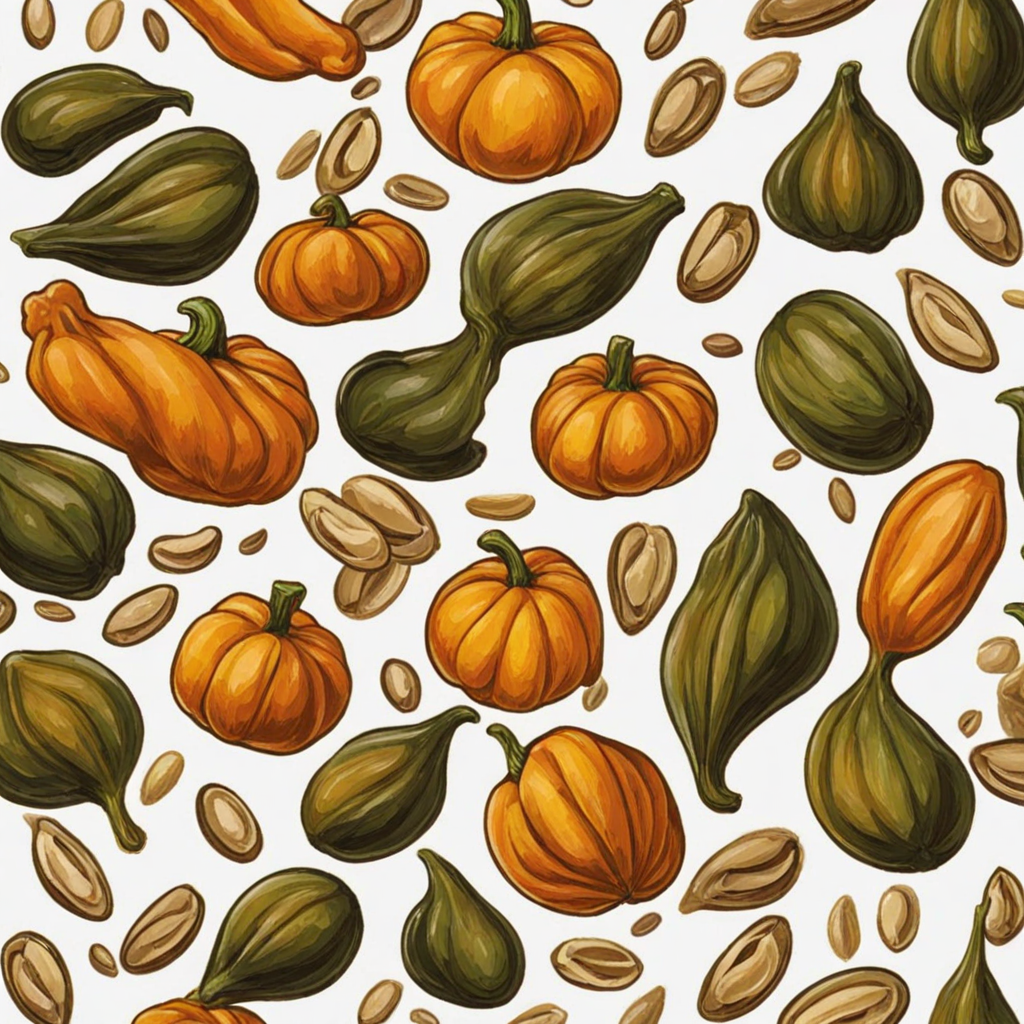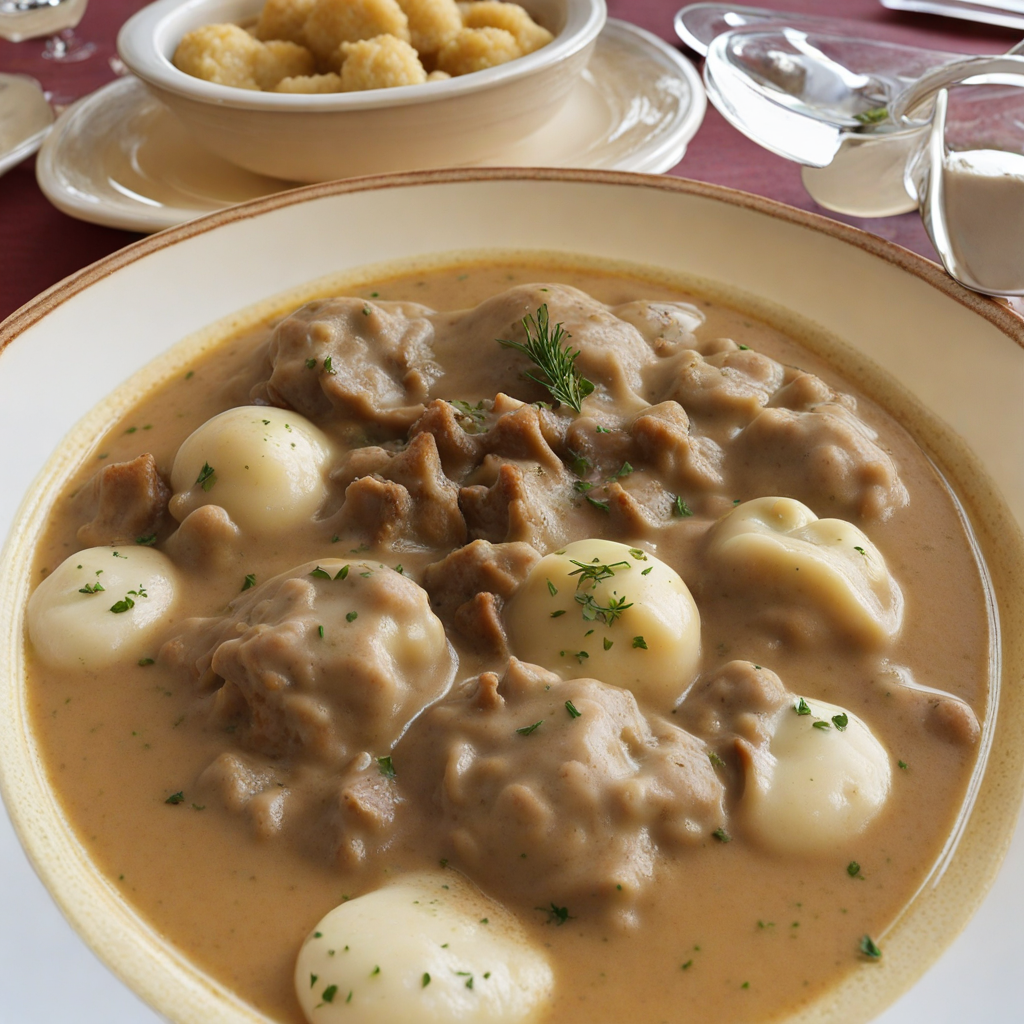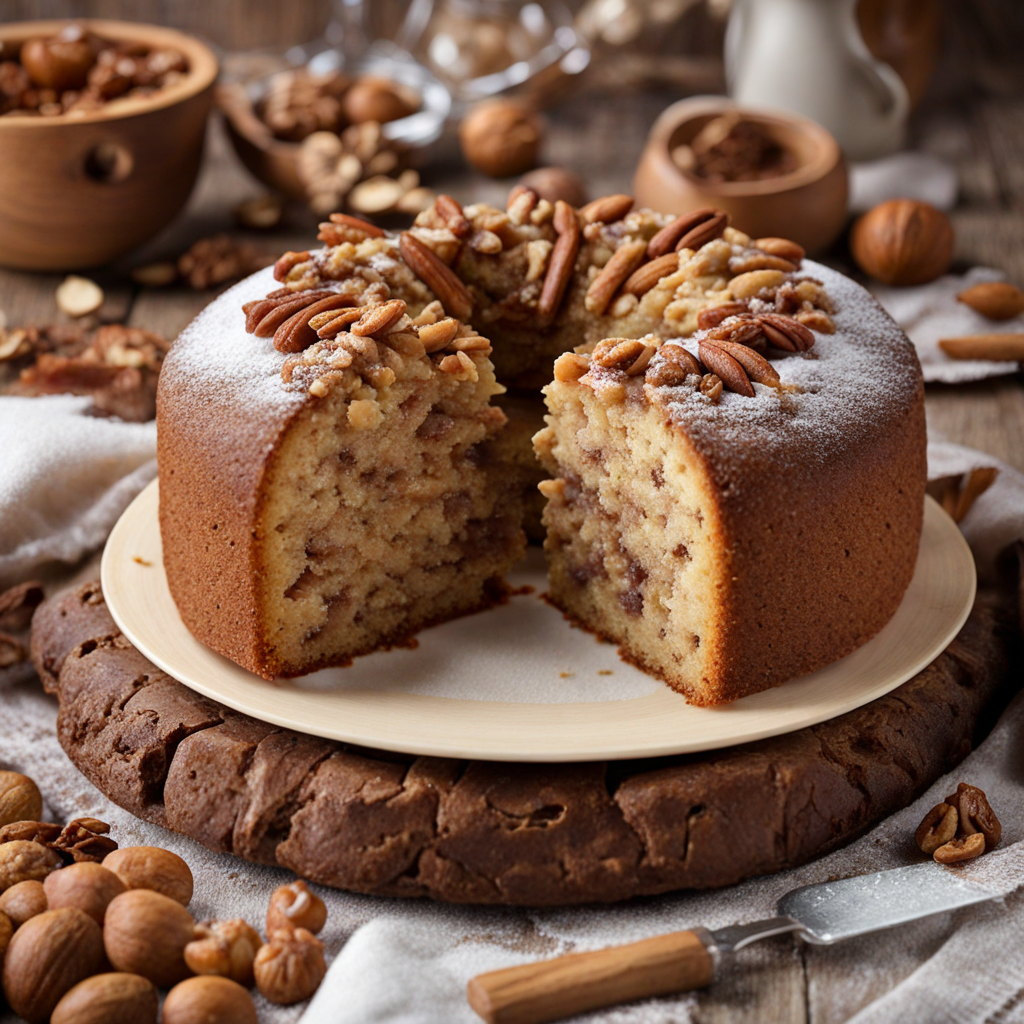Styrian Pumpkin Seed Oil
Styrian Pumpkin Seed Oil, or "Steirisches Kürbiskernöl," is a culinary gem hailing from the beautiful green hills of Styria, Austria. This luxurious oil is derived from the seeds of the Styrian pumpkin, a distinctive variety known for its dark green skin and rich, nutty flavor. The seeds are carefully harvested and roasted to perfection before being cold-pressed to extract their rich, dark green oil. The result is a product that boasts a unique taste profile, characterized by its deep, earthy notes and a subtle sweetness that can elevate any dish. The oil’s striking color and intense flavor make it a versatile ingredient in the kitchen. Drizzled over salads, it adds a delightful richness, while a spoonful can transform simple vegetable dishes into gourmet creations. Its robust flavor pairs wonderfully with roasted vegetables, meats, or even a humble bowl of mashed potatoes, providing a depth of taste that is both comforting and sophisticated. In addition, Styrian Pumpkin Seed Oil is often used in traditional Styrian dishes, such as pumpkin soup and salads, where its nutty undertones complement the freshness of the ingredients beautifully. Beyond its culinary appeal, Styrian Pumpkin Seed Oil is celebrated for its health benefits, being rich in antioxidants and essential fatty acids. This oil not only enhances the flavors of dishes but also contributes to a healthy diet. Whether you're drizzling it over a fresh salad, using it as a dipping oil for bread, or incorporating it into sauces, Styrian Pumpkin Seed Oil invites adventurous palates to explore its unique taste and experience the rich culinary heritage of Austria.
How It Became This Dish
Steirisches Kürbiskernöl: A Culinary Gem of Austria #### Origins: The Birth of a Culinary Tradition Steirisches Kürbiskernöl, or Styrian pumpkin seed oil, is a distinctive oil that has its roots in the picturesque region of Styria (Steiermark) in Austria. The history of this unique oil dates back several centuries, with its origins closely tied to the cultivation of the Styrian oil pumpkin (Cucurbita pepo var. styriaca). This specific variety, characterized by its dark green skin and hull-less seeds, was first documented in the early 18th century. The pumpkin itself is believed to have been cultivated in the region since at least the 13th century, brought over by explorers and traders. The Styrian oil pumpkin is a hardy plant, well-suited to the region's climate and soil, and it thrived in the fertile valleys of Styria. Local farmers began to harvest the seeds for their nutritional value and culinary potential. By the 19th century, the pressing of pumpkin seeds to extract oil became a common practice in rural households, transforming a simple agricultural product into a cherished culinary ingredient. #### Cultural Significance: A Symbol of Styrian Identity Steirisches Kürbiskernöl is more than just an oil; it is a symbol of Styrian identity and pride. The oil has gained a reputation as a vital component of local cuisine, celebrated for its rich, nutty flavor and vibrant green color. Traditionally, it has been used to dress salads, drizzled over soups, or as a finishing touch for various dishes, highlighting its versatility in enhancing flavor. Its significance extends beyond the kitchen. The oil has become a cultural icon, representing the agricultural heritage of Styria. It is often showcased in regional festivals and markets, where local producers proudly display their artisanal products. The oil is also a key player in Styrian culinary tourism, attracting visitors eager to experience the region's gastronomic delights firsthand. In 2015, Steirisches Kürbiskernöl was awarded the status of "Protected Geographical Indication" (PGI) by the European Union. This designation emphasizes its unique characteristics tied to the Styria region and ensures that only oil produced in a specific manner and region can be labeled as such. This recognition has bolstered both the oil’s reputation and the local economy, helping to preserve traditional farming and production methods. #### Development Over Time: From Tradition to Modernity As the popularity of Steirisches Kürbiskernöl has grown, so too has the complexity of its production. The traditional method of oil extraction involves roasting the pumpkin seeds before cold pressing them to yield the dark, aromatic oil. This technique not only enhances the flavor but also preserves the oil's nutritional properties, rich in antioxidants, vitamins, and essential fatty acids. In the early days, oil production was primarily a household affair. Families would gather to press seeds, creating a communal bond over shared labor and culinary knowledge. However, as demand increased, small-scale producers began to emerge, leading to the establishment of cooperatives that could handle larger quantities of seeds. This shift marked the transition from a purely domestic activity to a more commercial enterprise. The late 20th century saw a resurgence of interest in traditional food products, including Steirisches Kürbiskernöl. Health trends promoting the consumption of natural and organic foods helped propel the oil into the spotlight. As consumers became more conscious of their dietary choices, the demand for high-quality, artisanal products soared. This modern wave of interest has encouraged many farmers to return to traditional methods of cultivation and production, ensuring that the unique qualities of the oil are preserved. In the 21st century, the landscape of Steirisches Kürbiskernöl production has continued to evolve. Technological advancements have enabled producers to improve efficiency without sacrificing quality. Innovations in cold pressing technology and quality control have led to even more refined flavors and better shelf stability. Despite these modern developments, many producers remain committed to traditional practices, emphasizing quality over quantity. Moreover, the globalization of food culture has introduced Steirisches Kürbiskernöl to an international audience. Chefs and food enthusiasts around the world have discovered the oil’s unique flavor, incorporating it into diverse culinary traditions. Its nutty taste pairs beautifully with a variety of ingredients, making it a favorite among gourmet chefs and home cooks alike. #### Culinary Uses: A Versatile Ingredient Steirisches Kürbiskernöl is celebrated for its versatility in the kitchen. While it is perhaps most famously used as a salad dressing, its applications extend far beyond that. The oil can be drizzled over roasted vegetables, used in marinades, or incorporated into pasta dishes for an added depth of flavor. It also shines in desserts, often paired with chocolate or fruit to create a delightful contrast. In traditional Styrian cuisine, Kürbiskernöl is often featured in recipes like pumpkin seed oil soup, a creamy dish that highlights the oil’s rich flavor. It also plays a role in the preparation of “Kürbiskernöl-Pasta,” where the oil is tossed with fresh pasta and seasonal vegetables, showcasing the region's agricultural bounty. Chefs have embraced Steirisches Kürbiskernöl as a finishing oil, using it to elevate dishes just before serving. Its striking green hue adds visual appeal, while its robust flavor enhances the overall culinary experience. This adaptability has cemented its place in both traditional and modern gastronomy. #### Conclusion: A Timeless Treasure Steirisches Kürbiskernöl is more than just a culinary ingredient; it is a testament to the rich agricultural heritage of Styria and the enduring connection between food and culture. From its humble beginnings in the farms of Styria to its recognition as a PGI product, the oil has evolved while remaining deeply rooted in tradition. As it continues to captivate palates around the world, Steirisches Kürbiskernöl stands as a timeless treasure, celebrating the flavors of Austria and the craftsmanship of its producers. Whether drizzled over a fresh salad or used to enhance a gourmet dish, this distinctive oil carries with it the history and spirit of the region, inviting all who taste it to experience a slice of Styrian culture.
You may like
Discover local flavors from Austria







